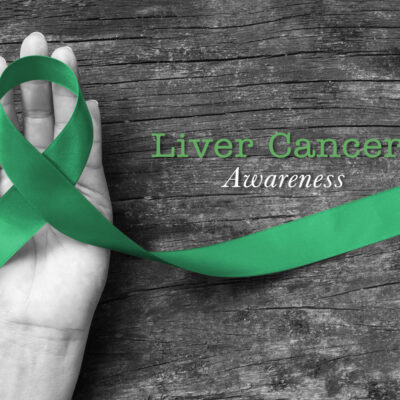
Cancer
Top 8 symptoms of pancreatic cancer
In pancreatic cancer, there is an abnormality in the ways the pancreatic cells multiply. The disease occurs when the cells in the pancreas start multiplying abruptly, which leads to the formation of a mass, also known as a tumor. When this tumor is cancerous, it is identified as a malignant tumor, which can further grow and spread to other body parts. Simultaneously, the formation of the tumor and its spread also affects the functions of the pancreas and other organs. Pancreatic cancer does not cause any signs or symptoms in its early stages. The symptoms start appearing when it has already spread to adjacent organs. Below are some of the symptoms that the patients experience when they are at the later stages of pancreatic cancer: Jaundice and jaundice-related symptoms Jaundice affects almost every person who has pancreatic cancer as the first symptom of cancer. It causes the yellowing of the skin and the eyes. Jaundice occurs when bilirubin, a substance produced in the liver, does not reach the intestines due to a blockage in the bile duct and gets accumulated in the body. Cancer that takes place in the head of the pancreas is close to the bile duct; therefore, it often blocks the bile duct and causes jaundice.
Read More 















